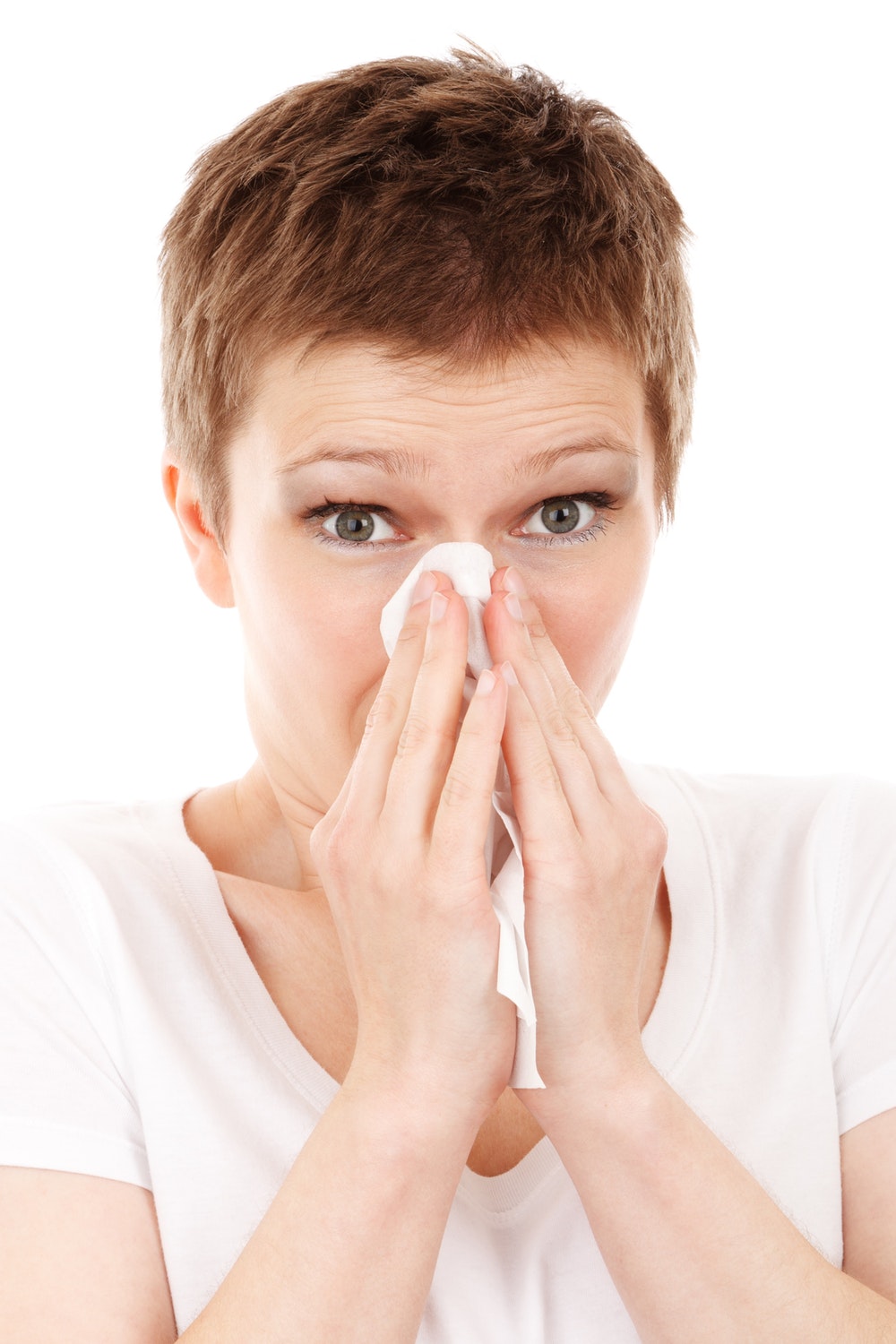A body chemical found in and released by certain cells, histamine has a role in the immune system protecting against foreign bodies and germs. It also results in various symptoms depending upon where the release occurs (and in these situations, it is usually considered an excessive release in response to dust mites, insect bites, pollen, foods, or medications), including itchy and watery eyes, sore and scratchy throats, a runny nose, and/or a tightness of the chest, shortness of breath, wheezing, or coughing.
Increased histamine levels are a sign the body is using its natural defense systems, producing issues within minutes ranging from mild discomfort to actual shock. In instances of asthma and allergies, it’s seen as over-reacting to perceived invaders of the immune system. In these events, more serious responses can result in symptoms such as a heightened production of mucus and bronchoconstriction.
Let’s break down the symptoms and look at each one individually:
Itching: Raised histamine levels cause itching which may appear all over the body, only on certain parts, or only on one side of the body. Itching occurs due to heightened amounts of histamine triggering additional inflammatory reactions in the upper skin layers.
Hives: Also known as urticaria, hives are an inflamed skin condition resulting in red, raised, swollen areas of the skin which appear abruptly and can last up to several hours. They most often appear on the back, arms, chest, hands, neck, or face, causing itching and burning ranging from mild to severe.
Red Eyes: Another allergic symptom experienced due to raised histamine levels is red eyes, which are caused by watery secretions on the eyeballs and eyelid surfaces. These secretions cause itching, watering, redness, and swelling.
Nasal Congestion: Certain allergens and airborne particles cause a different reaction in those with allergies, resulting in symptoms of the aforementioned runny nose, nasal itching, itchy eyes and ears, postnasal drip and sneezing. This may also be referred to as hay fever. It is primarily due to inflamed cells releasing extra histamine which increases mucus via dilated blood vessels in the nose, eye, and throat linings.
Asthma: Excessive histamine strikes again, this time in the form of swollen mucosa lining the lungs and increased mucus blocking the airway creating breathing difficulty and tightening of the chest.
Anaphylaxis: This is shock, developed from an allergy due to the extreme, sudden reaction of raised histamine levels. It is usually formed in response to a food, insect, medicinal allergy and can be potentially life-threatening. Symptoms range from swollen and reddish skin and abdominal pain with nausea and/or vomiting to coughing and wheezing, difficulty breathing, dizziness, fainting, low blood pressure, and nasal congestion.
Angiodema: This symptom is experienced as a swelling in the deeper skin layers and linings, like the lungs, digestive tract, or throat. Resulting from raised histamine levels as well, it can affect the eyes and lip areas, hands and feet, or cause swelling in the throat, airways, or mouth that block breathing and cause death.
When excessive histamine release is noted, then, antihistamines have been created and prescribed in response. Some of the most popular brand names of common antihistamine medications are Benadryl, Claritin, Allegra, and Zyrtec. Other medicines include leukotriene modifiers, which decrease the swelling and mucus production present in some cases.
Although many prefer the traditional western medical protocol and meds, others like to look into the natural versions instead. The same thing occurs with antihistamines, since several natural alternatives exist in the form of plants and foods.
These include:
Stinging Nettle: This is a commonly found herb, available in most health food stores, which is believed to be a natural antihistamine. Studies have shown over half of participants given 300 mg daily stinging nettle for their heightened histamine levels experienced relief, and nearly 70 percent surveyed rated it above the placebo in efficacy.
Vitamin C: Another easily obtained naturally-occurring antihistamine, Vitamin C is found in numerous types of fresh produce and in supplements. With no side effects, this remedy is suggested in quantities of at least 2 grams daily in treating seasonal allergies.
Quercetin: Naturally present in apples, grapefruit, okra, red wine, and onions, quercetin is another study-proven antihistamine also found in foods and supplements.
Bromelain: This is found in supplements or fresh pineapples, and is believed to be helpful in alleviating respiratory distress and allergic inflammation when taken in 400-500 mg doses thrice daily.
* As with all my articles, please consult your physician before attempting any remedy or activity suggested here.

